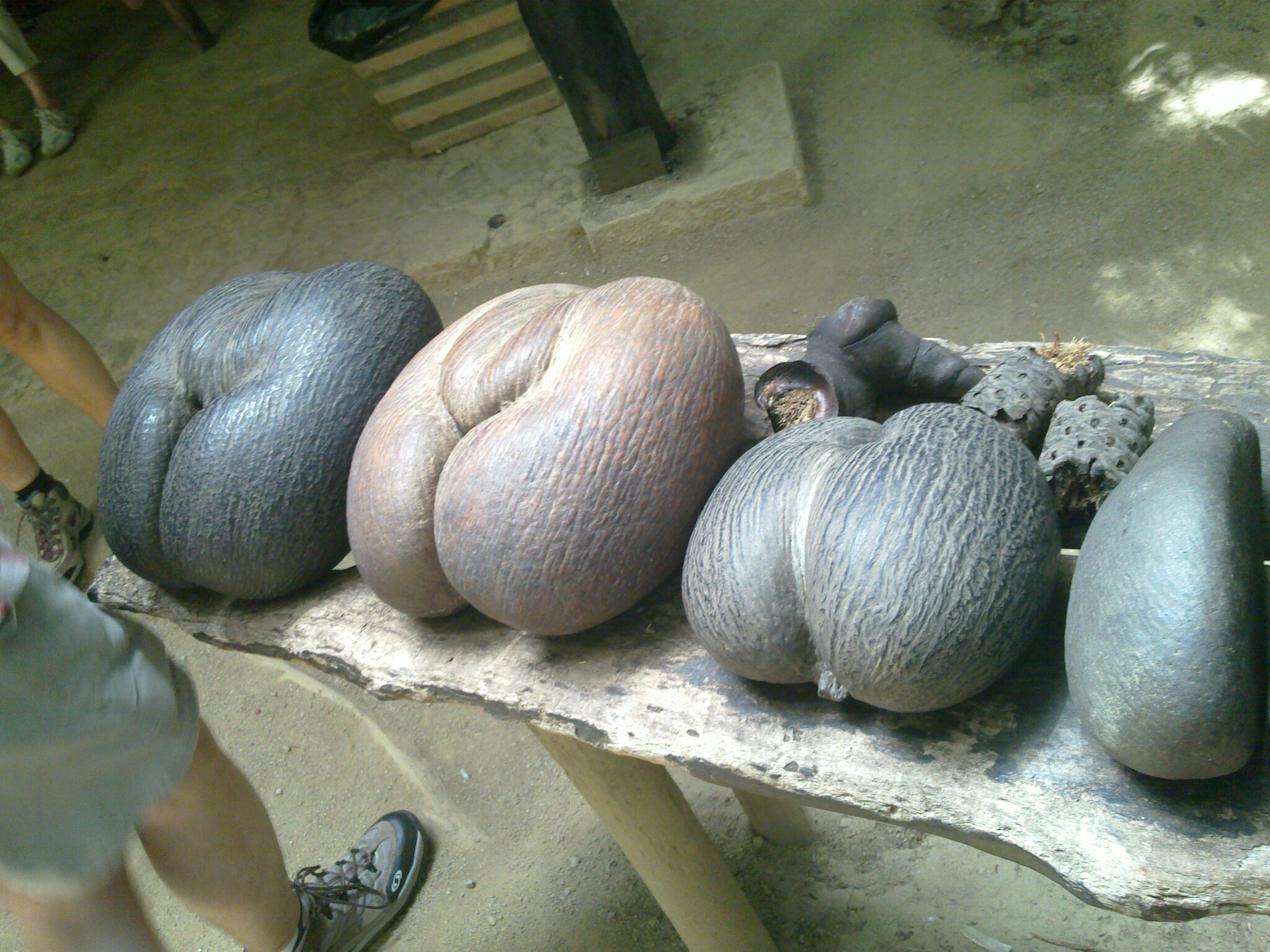Photo by Radu Chibzii licensed under CC BY-SA 2.0
They say that our sense of smell is very closely tied with the formation of memories. It is around this time of year that I am strongly reminded of the power of that link. All I have to do is catch a whiff of a blooming hyacinth and I am immediately transported back to childhood where spring time gatherings with the family were always accompanied by mass quantities of these colorful bulbs. Indeed, the smell of hyacinths in bloom will forever hold a special place in my mind (and heart).
Because it is spring in my neck of the woods and because my partner recently came home with a wonderful potted hyacinth to add some springy joy our apartment, I decided to take a dive into the origins of these plants. Where do they come from and how do they live in the wild? Certainly they didn’t originate in our gardens.
To start with, there are surprisingly few true hyacinths in this world these days. Whereas many more spring flowering bulbs were once considered members, today the genus Hyacinthus is comprised of only three species, H. litwinovii, H. transcaspicus, and the most famous of them all, H. orientalis. All other “hyacinths” are hyacinths in name only. These plants were once considered members of the lily family (Liliaceae) but more recent genetic work places them in the asparagus family (Asparagaceae).
All three species of hyacinth are native to the eastern Mediterranean region, throughout the Middle East, and well into southwestern Asia. As you might imagine, there is a fair amount of geographical variation across populations of these plants. For instance, H. orientalis itself contains many putative subspecies and varieties. However, their long history of human cultivation has seen them introduced and naturalized over a much wider area of the globe. Generally speaking, these plants tend to prefer cool, higher elevation habitats and loose soils.
As many of you already know, hyacinths are bulbous plants. Throughout most of the year, they lie dormant beneath the soil waiting for warming spring weather to signal that it’s growing time. And grow they do! Because their leaves and inflorescence are already developed within the bulb, hyacinths can rapidly emerge, flower, and leaf out once snow thaws and releases water into the soil. And flower they do! Though selective breeding has resulted in myriad floral colors and strong, pleasant odors, the wild species are nonetheless put on quite a display.
The flowers of wild hyacinths are generally fewer in number and can range in color from almost white or light blue to nearly purple. Their wonderful floral scent is not a human-bred characteristic either, though we have certainly capitalized on it in the horticulture trade. In the wild, these scent compounds call in pollinators who are rewarded with tiny amounts of nectar. It is thought that bees are the primary pollinators of hyacinths both in their native and introduced habitats.
Of course, all of their floral beauty comes down to seed production. Upon ripening, each fruit (capsule) opens to reveal numerous seeds, each with a fleshy attachment called an elaiosome. The elaiosome is very attractive to resident ants that quickly go to work collecting seeds and bringing them back to their colony. However, it isn’t the seed itself the ants are interested in, but rather the elaiosome. Once it is removed and consumed, the seed is discarded, usually in a waste chamber within the colony where it is free to germinate far away from potential seed predators.
Once growth and reproduction are over, hyacinths once again retreat back underground into their bulb phase. Amazingly, these plants have a special adaptation to make sure that their bulbs are tucked safely underground, away from freezing winter temperatures. Throughout the growing season, hyacinths produce specialized roots that are able to contract. As they contract, they literally pull the base of the plant deeper into the soil. This is very advantageous for plants that enjoy growing in loose soils that are prone to freezing. Once underground and away from frost and snow, they lie dormant until spring returns.
I don’t know about you but getting to know how common garden plants like hyacinths make a living in the wild only makes me appreciate them more. I hope this brief introduction will have you looking at the hyacinths in your neighborhood in a whole new light.

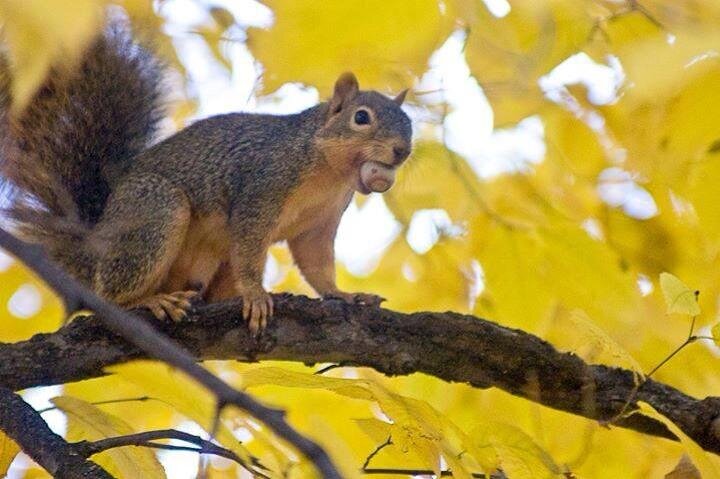


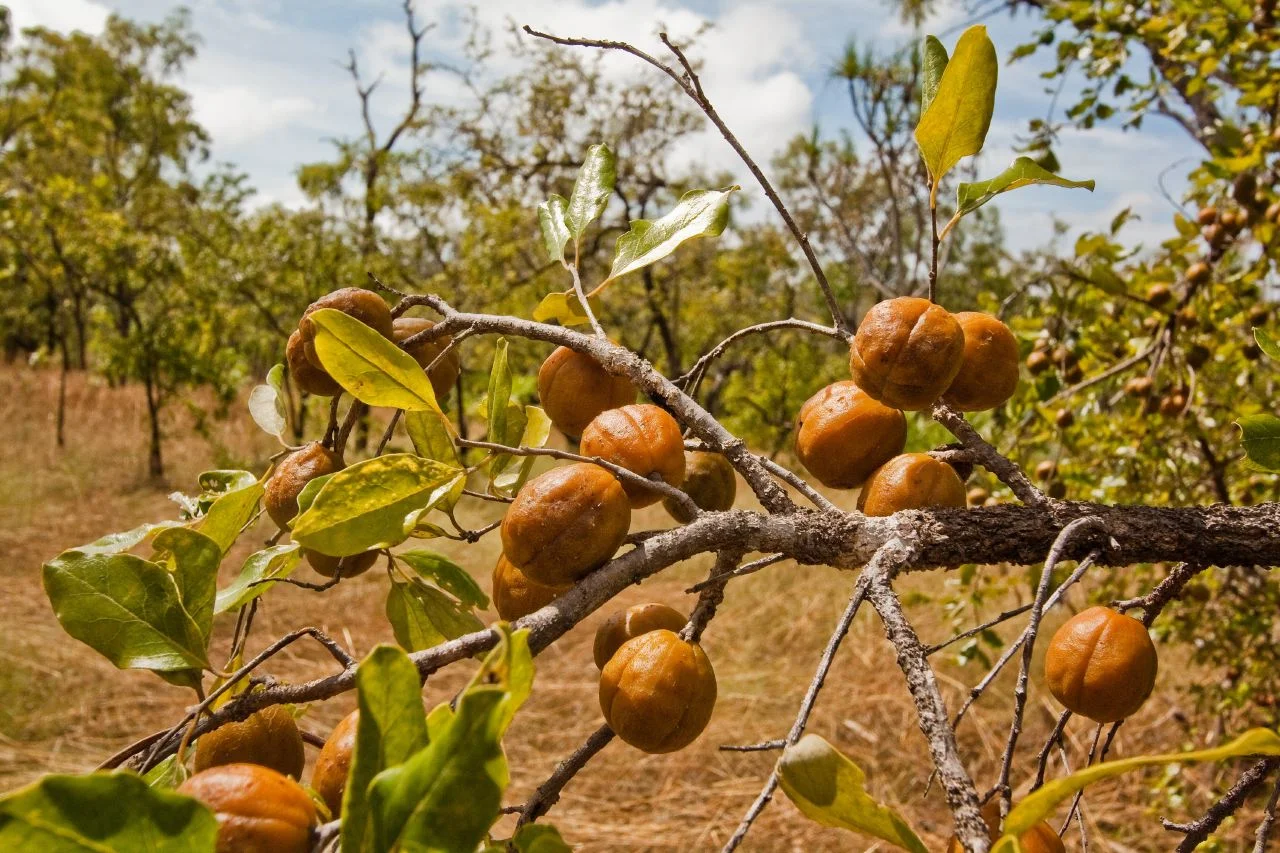
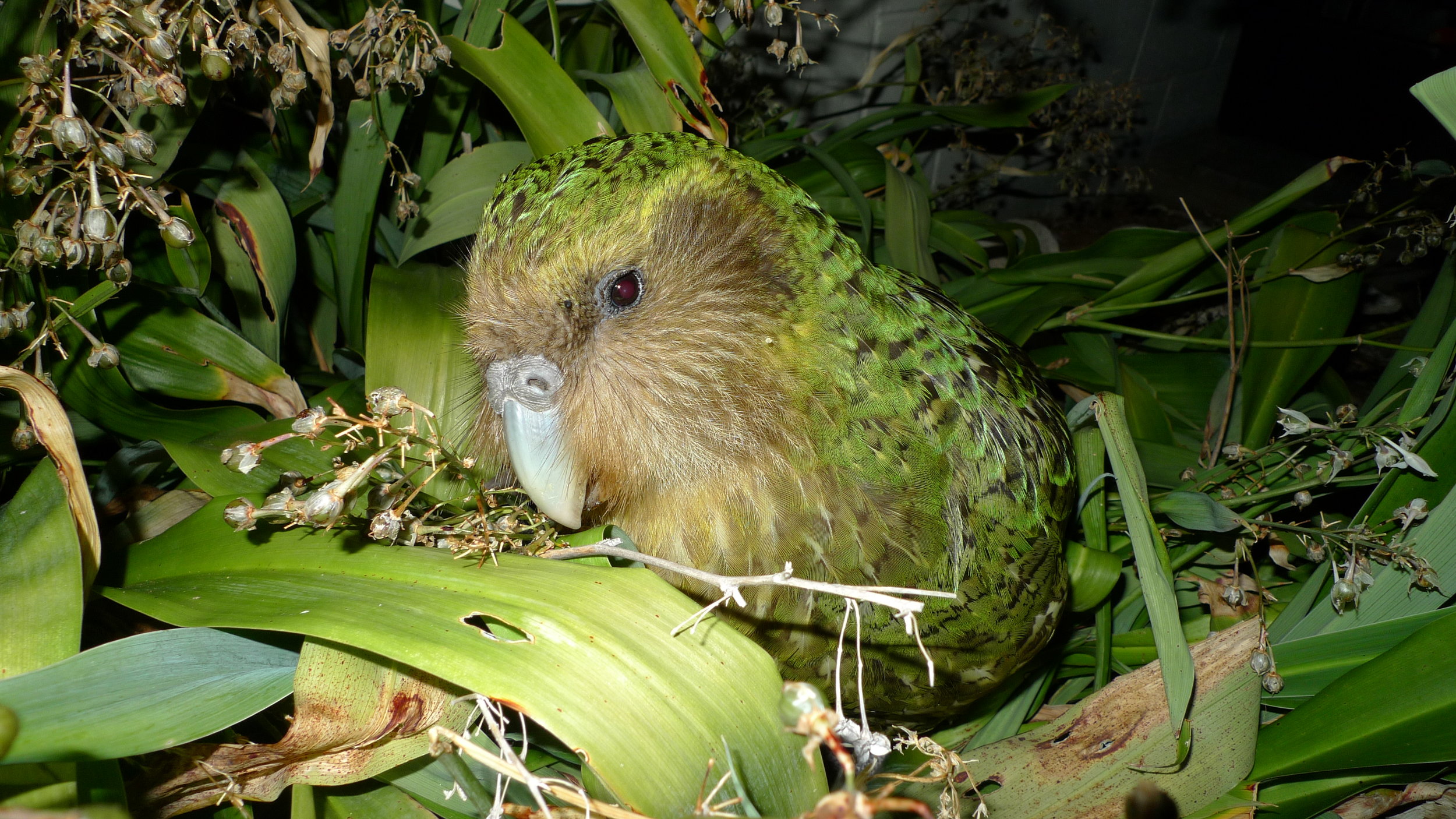



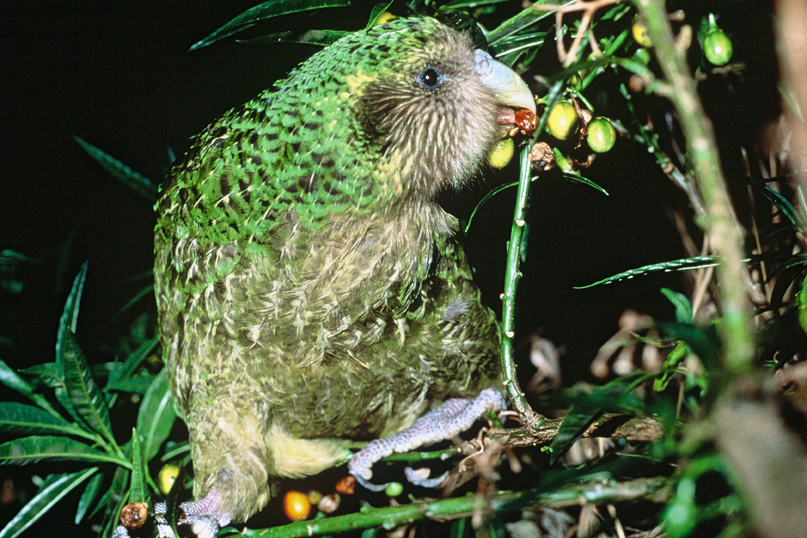







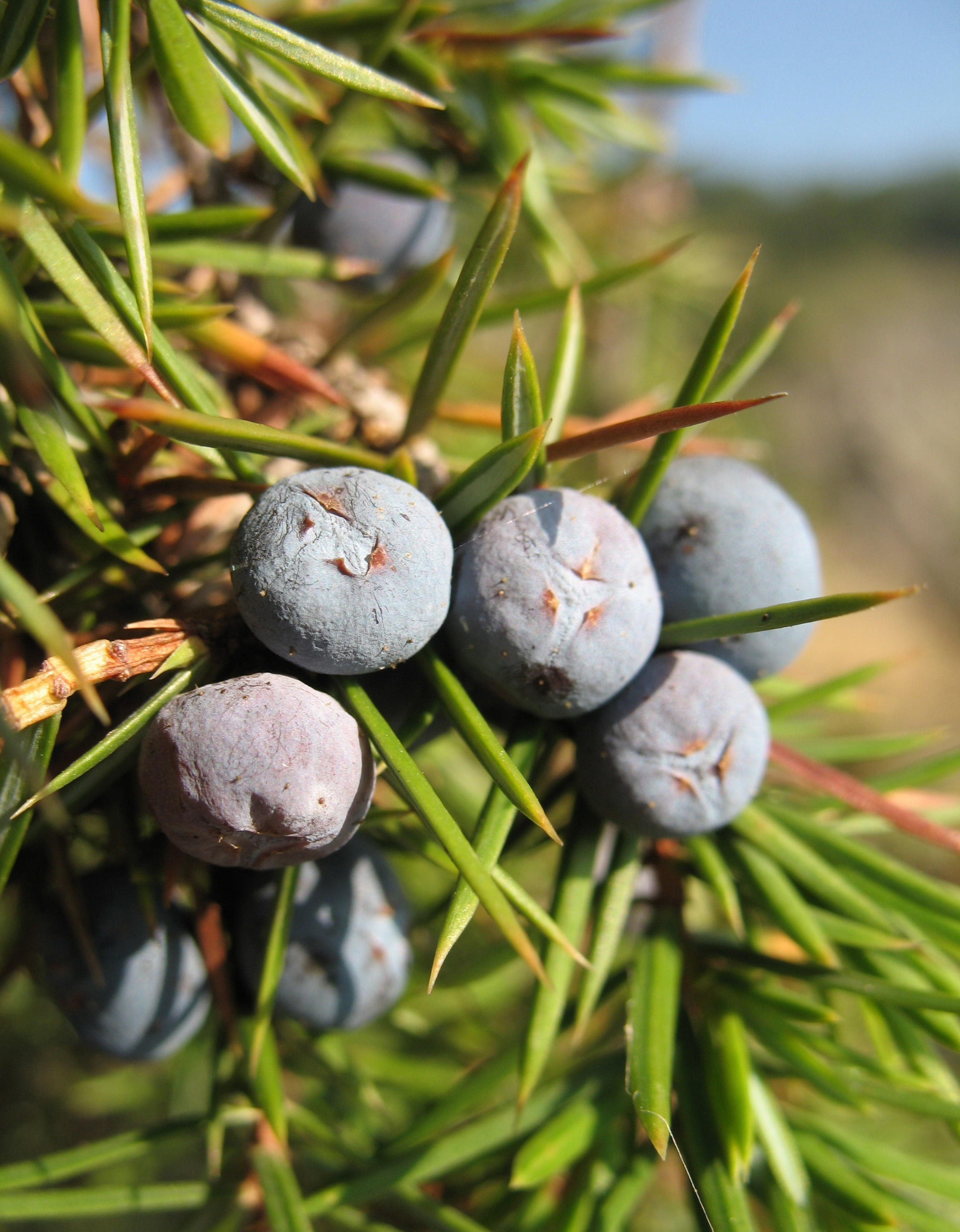

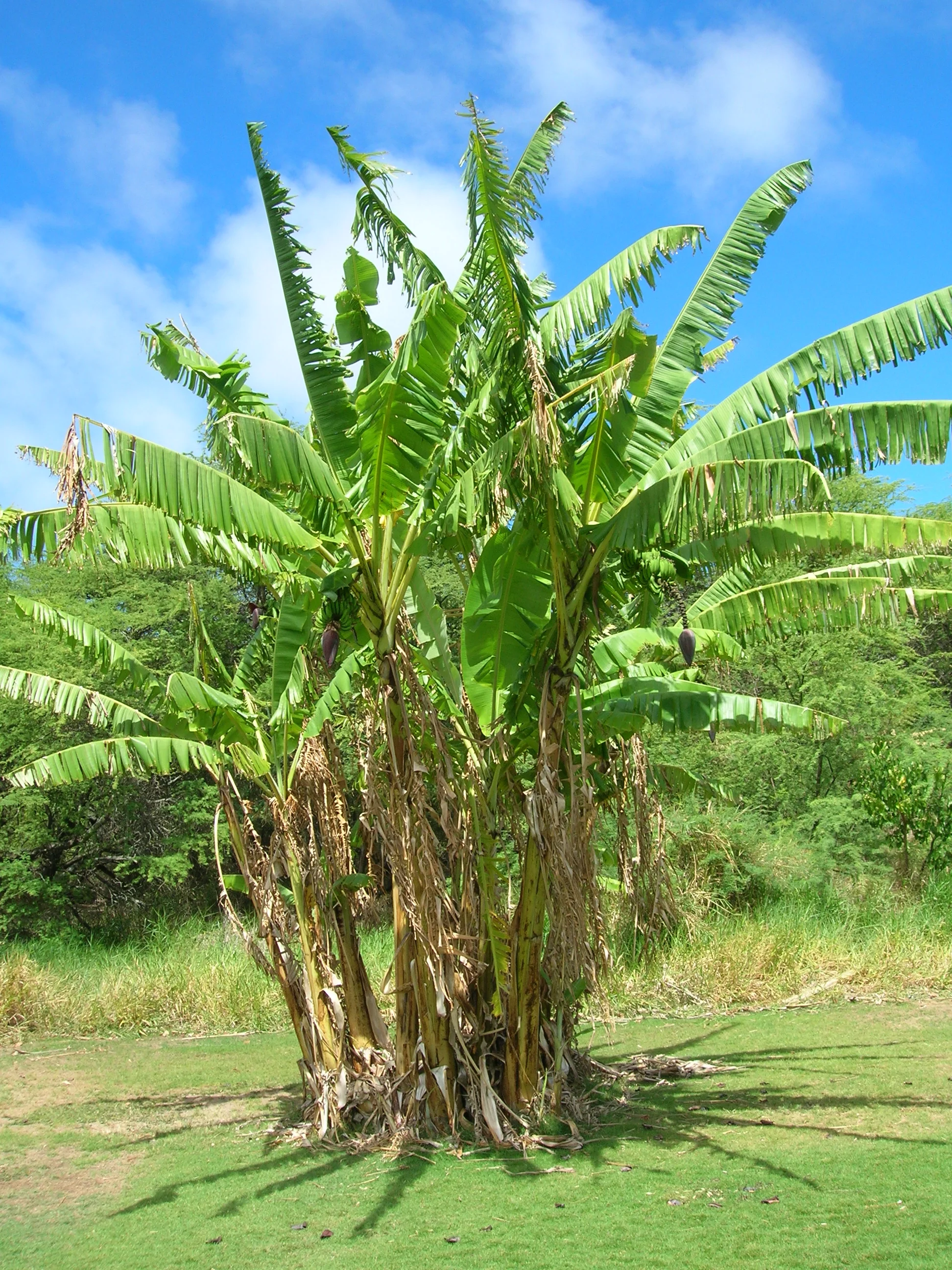


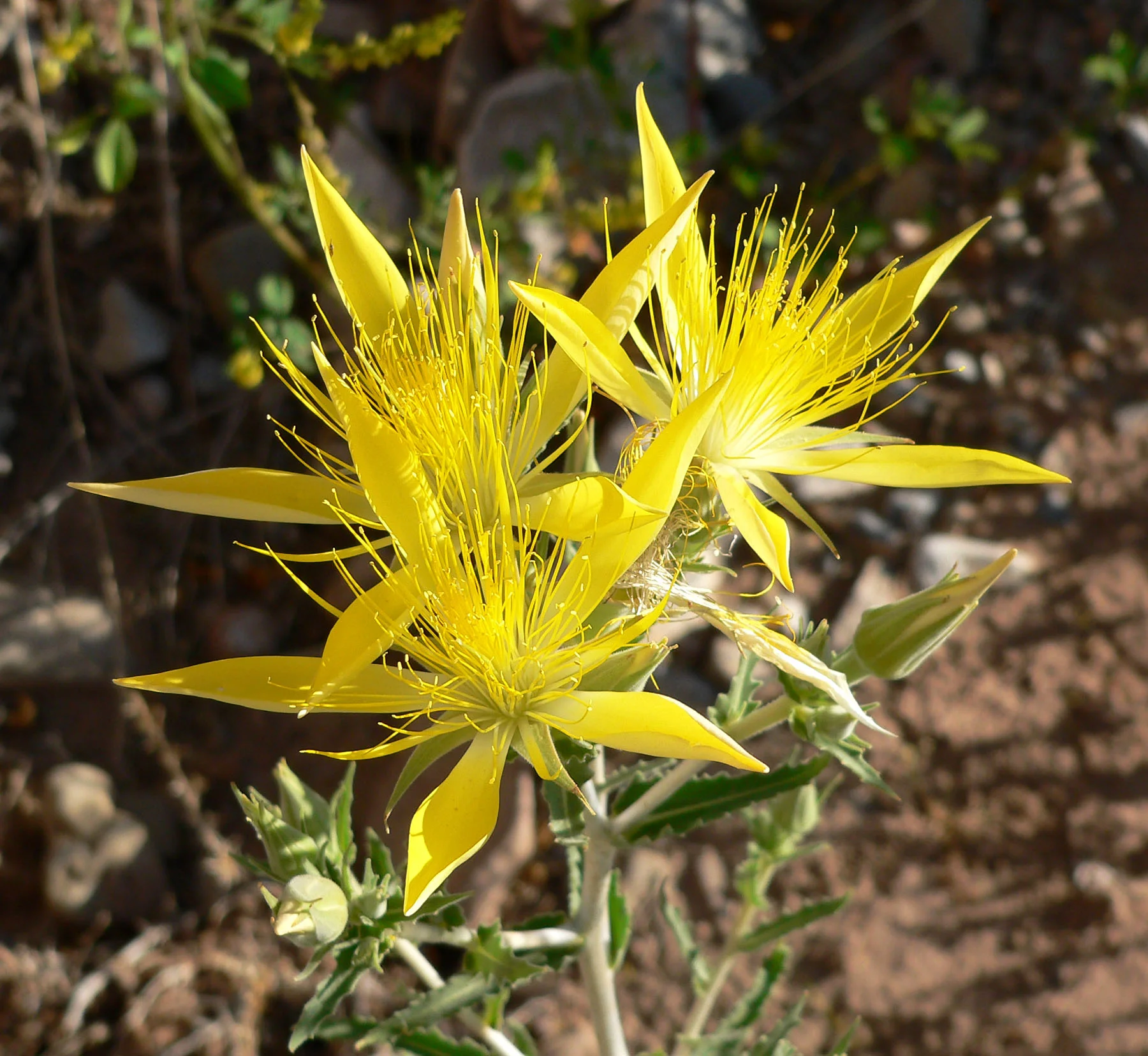

![Mentzelia phylogeny showing reduction in seed wings. [source]](https://images.squarespace-cdn.com/content/v1/544591e6e4b0135285aeb5b6/1517881654366-84BORS8KUYHRY6IUK9DQ/ajb21811-fig-0002.png)

![Cockroach pollinating C. sellowiana. [SOURCE]](https://images.squarespace-cdn.com/content/v1/544591e6e4b0135285aeb5b6/1511459932769-DPB6RO5OJ48IZVNPL6LH/roach+pollination.JPG)




![[SOURCE]](https://images.squarespace-cdn.com/content/v1/544591e6e4b0135285aeb5b6/1490721649685-7VDQ5S929EILAFUA4HS1/image-asset.png)




![[SOURCE]](https://images.squarespace-cdn.com/content/v1/544591e6e4b0135285aeb5b6/1476050337396-B0EJXQ0NRP0XQ0612J5E/image-asset.jpeg)
![Photo Credit: Alex Popovkin [SOURCE]](https://images.squarespace-cdn.com/content/v1/544591e6e4b0135285aeb5b6/1474402759813-0QW7C1YHT9QR1LWTV1E6/image-asset.jpeg)
![Photo Credit: Alex Popovkin [SOURCE]](https://images.squarespace-cdn.com/content/v1/544591e6e4b0135285aeb5b6/1474431014704-5HF3VTU24OZ8ER8HOWKC/image-asset.jpeg)




